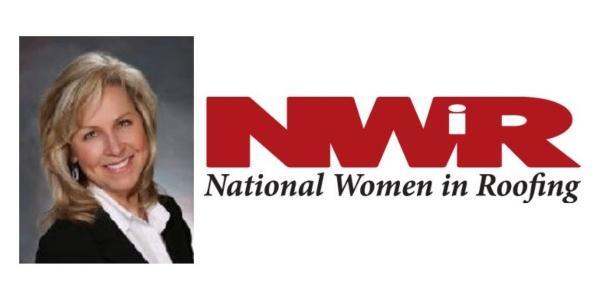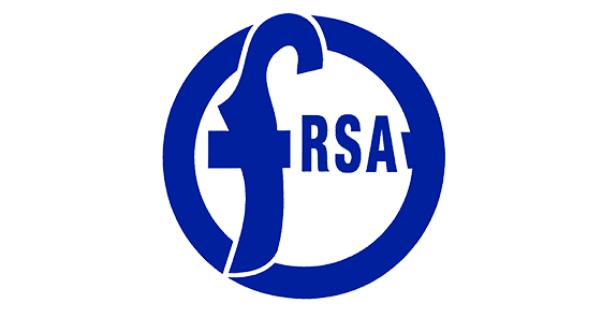Defending OSHA Willful Citations

A willful violation is the most serious of all workplace violations
OSHA willful violations are categorized as “other than serious,” “serious,” “repeat,” and “willful.” A willful violation is the most serious of all workplace violations. A willful violation may be issued regardless of whether the workplace is otherwise safe, and a willful violation may be issued with or without a workplace accident. Valdak Corp. v. Occupational Safety and Health Review Com’n, 73 F.3d 1466 (8th Cir. 1996). The Occupational Safety and Health Act of 1970 (the “Act”) does not specifically define a “willful” violation, but willful violations are found when an employer acts knowingly or voluntarily in disregard of the Act. Dayton Tire v. Secretary of Labor, 671 F.3d 1249 (D.C. Cir. 2012). Furthermore, willful means that the employer consciously, intentionally, deliberately or voluntarily acted with plain indifference to employee safety or to the requirements of the Act. Chao v. Greenleaf Motor Exp., Inc., 262 Fed. Appx. 716 (6th Cir. 2008).
While a willful act requires more than employer negligence, it does not require a showing of bad faith or evil purpose by the employer. U.S. v. Ladish Malting Co., 135 F.3d 484 (7th Cir. 1998). An employer knowing its employees are violating or are likely to violate a provision of the Act may be enough for a willful citation. Additionally, ignorance of the Act is not a defense to a violation; meaning, if an employer knows or allows its employees to work in conditions that happen to be in violation of the Act, a willful citation may be issued regardless of whether or not the employer knew that a violation was occurring. However, OSHA must prove more than an employer’s mere lack of diligence for a willful citation.
Also, employers who wish to substitute or use their own judgment of what is and is not safe practices in lieu of the Act must be wary. OSHA may issue a willful citation if a violation occurs despite an employer having an accident-free workplace if the employer substitutes or uses its own methods and judgment contrary to the Act. IBP, Inc. v. Iowa Employment Appeal Bd., 604 N.W.2d 307 (Iowa 1999). Substitution of safety practices and policies in place of OSHA practices and policies may be seen as satisfaction of the knowing and voluntary requirements necessary for a willful citation. Lastly, employers should be aware that previous warnings or citations from OSHA may be a condition for the issuance of a willful citation, but a prior warning or citation is not necessary for a willful violation to be issued.
An employer who is alleged to have willfully violated an OSHA standard may be assessed a civil penalty up to $70,000 for each violation alleged (soon to be considerably more given OSHA’s adjustment for inflation). If multiple OSHA willful violations are found, they may place the employer on the Severe Violator Enforcement Program (“SVEP”). Also, with larger fines and punishment, OSHA often issues a press release publically condemning the employer. Although the employer’s right to contest is mentioned in the press release, the damage to the employer’s business reputation occurs before it has had the opportunity to defend the claim.
With the potential for such harsh and crippling punishment, it is wise for employers to take steps to lessen the chances of a violation being characterized as willful, and perhaps more importantly, employers should take proactive steps to avoid the possibility of the issuance of any willful citation. Therefore, implementation of a well-rounded safety program designed to educate employees and prevent work-place accidents should be instituted as both a first and last line of employer defense.
Policies that employers should implement include: the creation of a safety committee; well-established safety rules; the adoption of an updated and written safety program; proper communication of safety rules and programs to employees; proper hands-on employee training with annual and refresher training; the creation of a formal testing program to verify employee comprehension of safety rules; the employment of a professional safety director; the use of third party safety consultants to train and monitor employees; routine inspections of jobsites by supervisory employees; regular tool box talks with employees focused on workplace safety; regular job site safety meetings; regular equipment checks; institution of a company-wide safety incentive program; discipline of employees who violate employer and/or OSHA standards pursuant to the written disciplinary program; consistency of the enforcement of discipline; and proper documentation to account for the safety measures taken by the employer.
The establishment of a well-rounded program serves not only to prevent violations of the Act and, thereby, the issuance of citations, but also serves as an example of good faith attempted compliance with the Act. While there may be some inconsistency in OSHA case law, if an employer is making good faith efforts to comply with the requirements of the Act, then a finding of willfulness is generally not justified. Additionally, a showing of good faith is grounds for reductions in fines assessed against employers.
OSHA assess good faith attempts through inquiry into the employers attempt to comply with the Act above and beyond the minimum requirements to actually or technically be in compliance with the Act. OSHA must consider the totality of the circumstances when evaluating the employer’s overall company-wide dedication toward safety. The underlying idea is that employers who have established, maintained and periodically updated a well-rounded program have created safe working environments minimizing the chances of employee injury and should have their efforts recognized. Therefore, the employers that have established good faith efforts have created an environment wherein citations are less likely and created a potential defense against willful citations and entitlement to fine reduction in the event that they are forthcoming exists.
Under the current administration, OSHA has been issuing more willful citations and has been less willing to negotiate or reclassify willful citations into a lesser category such as repeat or serious. Once cited with a willful citation, the employer is also guaranteed to be re-inspected routinely to see if improvements were made since the previous inspection. After receiving a citation, an employer must be able to demonstrate that it has made positive steps to rectify any safety violations. This can be shown through additional safety training, revisions to existing safety manuals and disciplinary guidelines, and enforcement of safety on job sites. As with any case involving construction, the party with the best paper wins the day; therefore, it is critical that the employer maintain proper documentation to show all safety measures have been met. This includes maintaining documentation evidencing employee specific safety training in the event that that employee is cited for failure to wear fall protection or some other OSHA willful violations.
The example policies listed above are not exhaustive nor are they mandatory. Each employer’s good faith effort is specific to that employer. What works for one trade or industry may differ for another. Employer size and financial limitations also may affect an employer’s ability to implement a top tier safety program. The key point is that employers that take proactive steps with regard to employee safety are viewed more favorably than those that sit idly by until OSHA an inspection occurs.
Author’s note: The information contained in this article is for general educational information only. This information does not constitute legal advice, is not intended to constitute legal advice, nor should it be relied upon as legal advice for your specific factual pattern or situation.
Trent Cotney is a member of the National Roofing Contractors Association (NRCA), General Counsel and a director of the Florida Roofing Sheet Metal and Air-Conditioning Contractors Association (FRSA), the Treasurer of the West Coast Roofing Contractors Association (WCRCA), and affiliated with almost a dozen other roofing associations. For more information, contact the author at 813-579-3278 or visit http://trentcotney.com/




















Comments
Leave a Reply
Have an account? Login to leave a comment!
Sign In